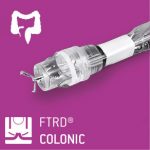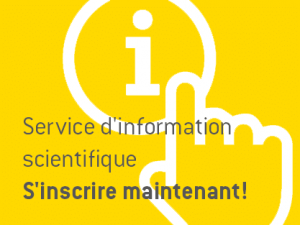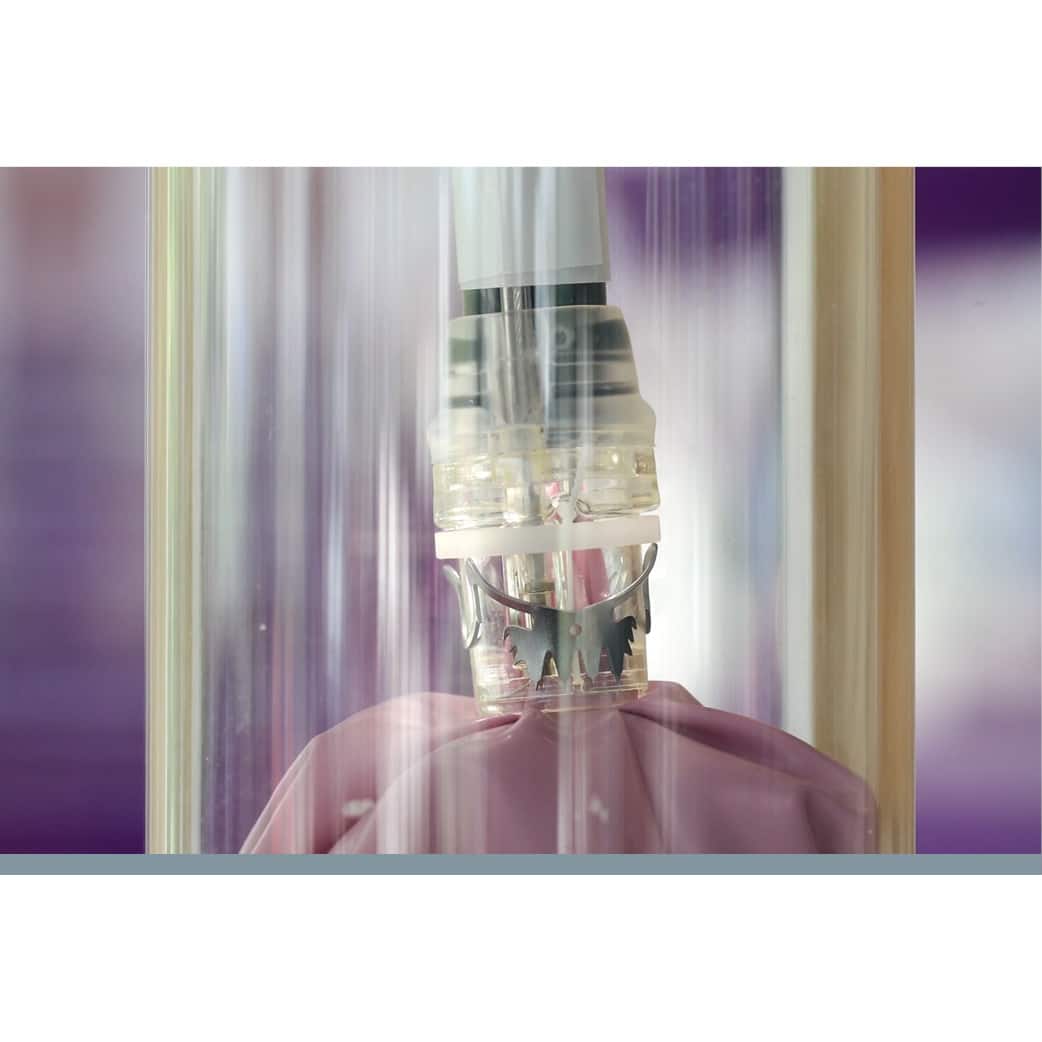FTRD® is safe with low AE rates and zero AE-related mortality
Comprehensive international study on the description of adverse events (AE) of colorectal EFTR substantiates that FTRD® is safe with low AE rates and zero AE-related mortality
Evaluation of the overall rate of AE following EFTR in the German and Dutch colorectal FTRD registries demonstrated a low overall AE rate of 11.3 % and zero AE-related mortality.
Over the past years several retrospective and prospective studies have demonstrated the efficacy and safety of the FTRD System. Now, colorectal EFTR using the FTRD is considered an established technique and used widely. The present analysis of Zwager et al., Amsterdam University Medical Centers, Amsterdam, Netherlands, provides a representative overview and detailed insights in the risk of adverse events following EFTR.
For evaluation of the overall AE rate, data from all registered EFTR procedures in the German and Dutch colorectal FTRD registries between July 2015 and March 2021 were analyzed. Both nationwide registries included multiple academic and non-academic centers (65 in Germany and 20 in Netherlands) and aimed to assess the efficacy and safety of the FTRD System in daily clinical practice. For registration of EFTR cases the participating centers used an online national database. Primary study outcome was the description of the overall AE-rate of all colorectal EFTR procedures in both national registries, and a detailed description of all SAEs. Secondary outcomes were identification of potential clinical and endoscopic risk factors for AEs, SAEs, delayed perforations, and bleedings. AE were classified as mild (AE not requiring blood transfusion, repeat endoscopy, angiographic and/or surgical intervention), moderate (AE requiring blood transfusion, repeat endoscopy and/or angiographic intervention) and severe (AE requiring surgical intervention, AE leading to death).
Overall, 1892 consecutively registered EFTR cases were investigated (1178 German and 714 Dutch cases). Mean patient age was 68.3 years ±10.8 and 61.6 % was male. Indications for EFTR were difficult polyp (n=998), early carcinoma (n=695), subepithelial tumor (n=107), diagnostic (n=16) or other (n=76) with significant differences for all indications between both registries. Technical and procedural issues were reported in 6.4 % (122/1892) and 7.7 % (145/1892), respectively, without a significant difference between both registries. In total 213 AEs occurred in 206 patients with an overall AE rate of 11.3 % (213/1892). In five patients two AEs and in one patient three AEs occurred. No AE-related mortality was observed. Perforations occurred in 2.5 % (47/1892) of cases, 57.4 % immediate (27/47) and 42.6 % delayed (20/47). Successful endoscopic closure was achieved in 29.8 % (13 immediate and 1 delayed) and antibiotic treatment was sufficient in 4.3 % (2 delayed). Appendicitis rate for appendiceal lesions was 9.9 % (13/131), of which 46.2 % (6/13) could be treated conservatively. Severe AE-rate requiring surgery was 2.2 % (42/1892), including delayed perforations in 0.9 % (17/1892) and immediate perforations in 0.7 % (13/1892). Delayed perforations occurred between day 1-10 (median 2) post-EFTR; 58.8 % (10/17) was located left sided. Other severe AEs were appendicitis (0.4 %, 7/1892), luminal stenosis (0.1 %, 2/1892), delayed bleeding (0.1 %, 1/1892), pain following EFTR close to dentate line (0.1 %, 1/1892) and grasper entrapment in clip (0.1 %, 1/1892).
The authors concluded that colorectal EFTR using the FTRD System is a safe procedure with a low risk for severe AEs in everyday practice and without AE-related mortality. The outcomes of this study further support the position of EFTR as an established minimally invasive technique for complex colorectal lesions.
Adverse events of endoscopic full-thickness resection: results from the German and Dutch nationwide colorectal FTRD registry
Zwager LW, Mueller J, Stritzke B, Montazeri NSM, Caca K, Dekker E, Fockens P, Schmidt A, Bastiaansen BAJ; Dutch eFTR Working Group and German collaborating centers.
Gastrointest Endosc. 2023 Apr;97(4):780-789.e4.
ncbi.nlm.nih.gov/36410447/
 |
 |


 English
English  Deutsch
Deutsch 